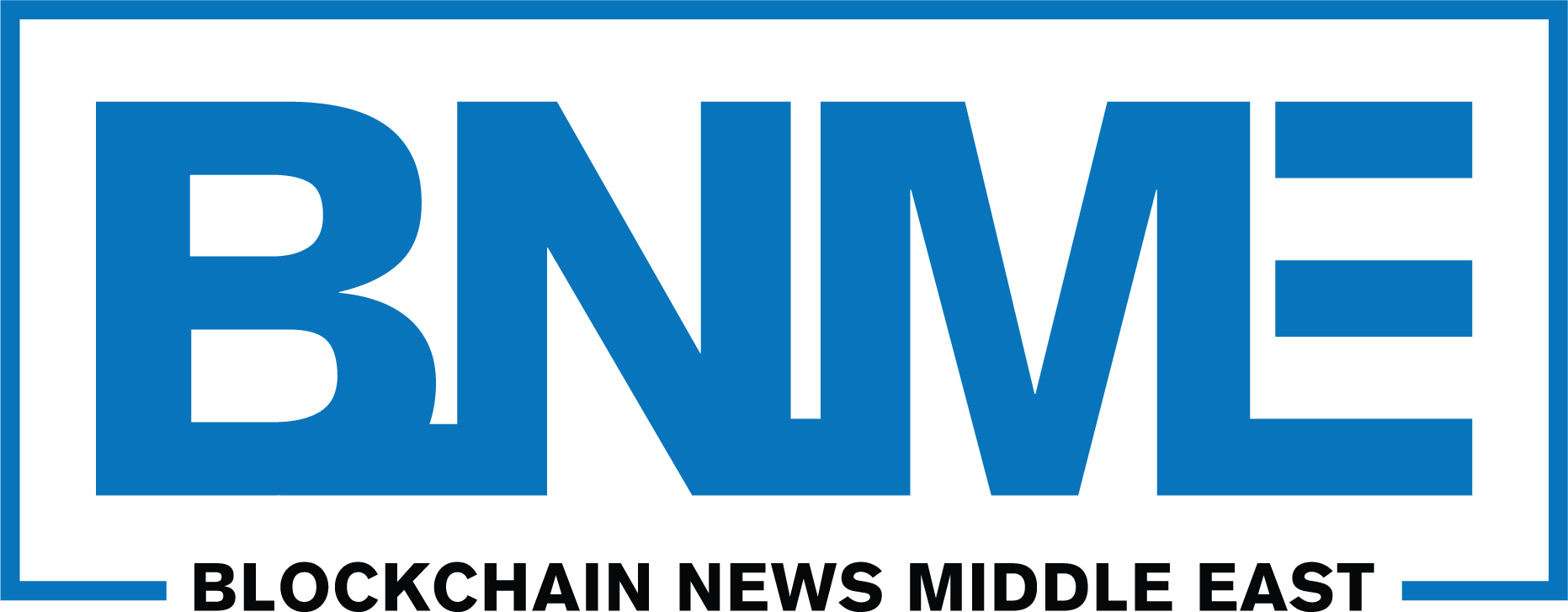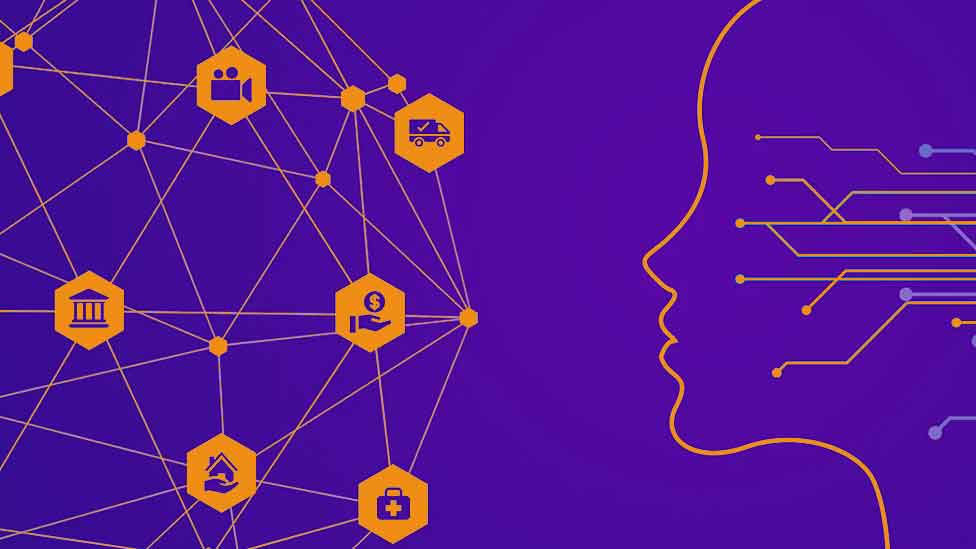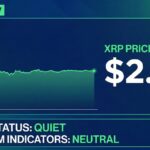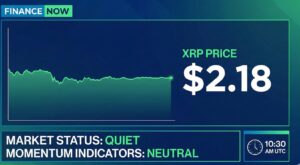The combination of blockchain technology and artificial intelligence (AI) is becoming a potent force for accountability, transparency, and justice in a digital age characterized by fast technical innovation, especially in the areas of gaming, finance, and government.
Bias in AI: A New Frontier for Financial Inequality
The financial industry, which has long been criticized for its systematic bias and opaque decision-making, is currently at a turning point. It is getting harder to overlook AI’s shortcomings as it plays a bigger role in automating financial decisions. According to a recent Lehigh University study, OpenAI’s GPT-4 Turbo model required applicants from specific groups to obtain credit scores 120 points higher than their white counterparts in order to be approved for comparable mortgages, even though their income, credit histories, and debt levels were identical.
These results highlight a concerning fact: prejudice is not exclusive to conventional financial institutions. It is also present in the decentralized finance (DeFi) arena, where historical data is a major component of AI-driven systems. Such technologies run the potential of escalating already-existing disparities in erratic cryptocurrency markets—shook in recent years by incidents like the failures of Terra and FTX—all the while functioning under opaque “black box” frameworks that restrict user insight into decision-making procedures.
Transparency Through Technology: Blockchain and Explainable AI
Researchers and technologists are increasingly using blockchain and Explainable AI (XAI) to combat this opacity. Blockchain’s decentralized, unchangeable record-keeping combined with AI allows developers to build systems that allow for auditable and traceable decision-making. The credit scoring behemoth FICO is one real-world example; they use blockchain to record AI conclusions, a strategy that won them distinction for blockchain and tokenization innovation at the London Banking Tech Awards.
Beyond compliance and accountability, this fusion of technologies holds transformative potential. In decentralized autonomous organizations (DAOs), for instance, integrating XAI can make governance more transparent by explaining how and why votes influence outcomes. In lending protocols, it can build trust by revealing the logic behind risk assessments. With the blockchain market expected to soar from $3 billion in 2020 to $39.7 billion by 2025, the marriage of AI and blockchain could redefine how fairness is embedded into the very architecture of financial systems.
Decentralized Gaming: Chunked Puts Blockchain to the Test
Meanwhile, the gaming industry is becoming an experimental playground for blockchain integration. A groundbreaking project called Chunked—a fully on-chain version of Minecraft built on the Somnia test network—pushes the boundaries of decentralized gaming. Developed by MSquared, a division of metaverse technology firm Improbable, Chunked stores all player actions and game logic on-chain, ensuring continuity even if developer support ceases.
“Everything—from block placements to movement—is recorded on Somnia,” explained MSquared CEO Rob Whitehead. “That means the community has full ownership. They can even create forks of the game with different rules.” This radical transparency, combined with the decentralized infrastructure, paves the way for what Whitehead calls true Web3 gaming.
Chunked joins a growing cohort of “autonomous worlds” like Dark Forest, which uses zero-knowledge proofs to balance mystery with transparency. However, the space is not without its hurdles. Performance limitations of first-layer blockchains pose significant challenges for real-time gameplay at scale. Still, with Somnia poised to move from test to mainnet later this year, the stage is set for deeper exploration into decentralized game design.
Cardano’s Constitutional Milestone: A New Chapter in Decentralized Governance
Governance is another area experiencing a paradigm shift. On February 27, 2025, blockchain platform Cardano ratified its first Constitution with overwhelming community support—an 85% approval rate from over 1,400 contributors across 50 countries. The process, conducted through 63 workshops, marks a milestone in participatory, decentralized governance.
Cardano founder Charles Hoskinson described the Constitution as more than a document—it’s a blueprint for a “living government” where power is distributed equally. “For the first time in human history, leaders are treated the same as the most humble on the economic scale,” said Hoskinson. He envisions blockchain as a tool to foster global trust, respect, and collaboration.
The ratified Constitution grants ADA holders significant influence over the platform’s evolution, signaling a shift toward community-driven regulation and decision-making. It also reflects a broader trend: using blockchain not just as a ledger, but as a societal foundation for equity and shared governance.
A Future Built on Trust, Innovation, and Inclusion
As these advances take place, the combination of blockchain technology and artificial intelligence (AI) has the potential to address systemic problems that were previously thought to be unsolvable, such as bias in credit approval, a lack of transparency in governance, and gaming. The idea of a more equitable digital future is not just theoretical anymore; it is becoming a reality as innovation speeds up and communities actively influence results.




























